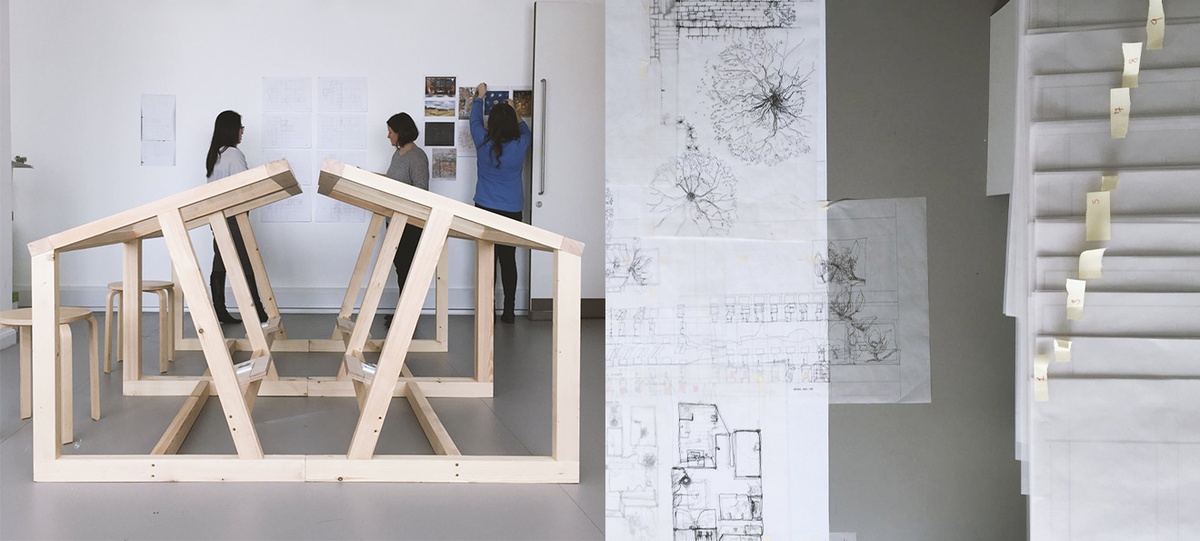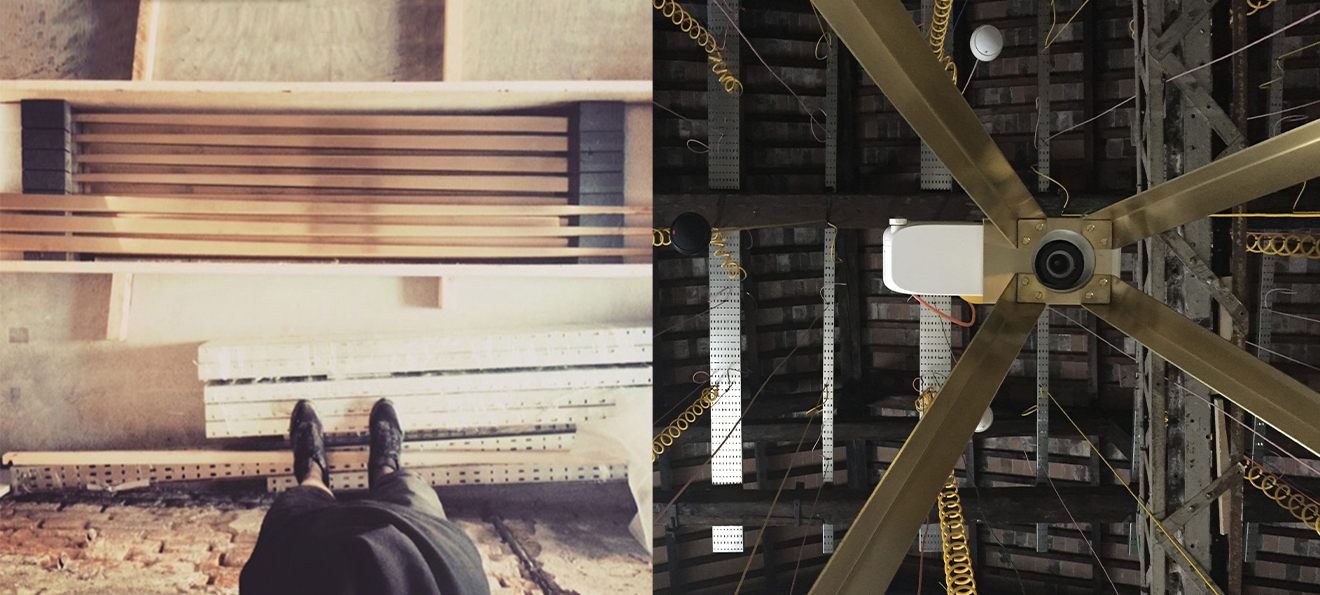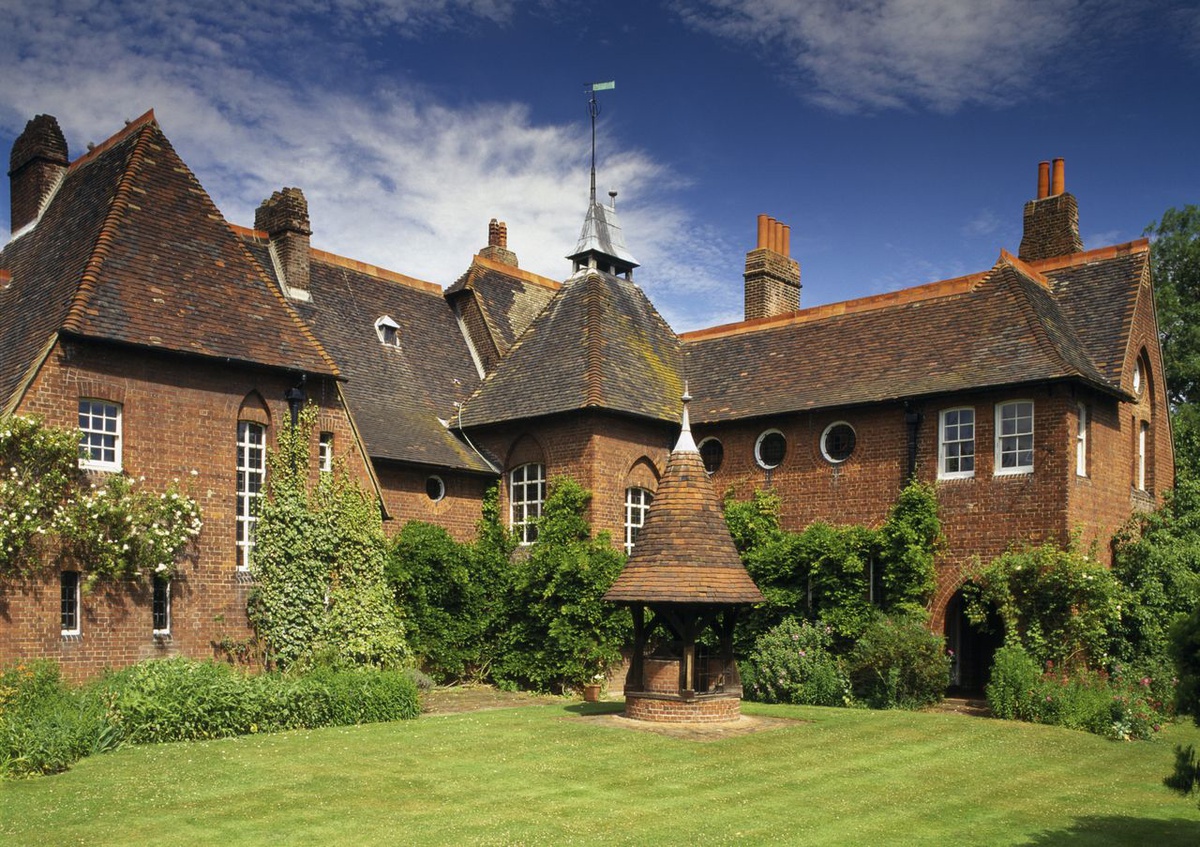LOSING OURSELVES
NOVEMBER 2016

“Losing Myself” is not only the title, but also an accurate reflection of my experience during the journey towards realising the Irish contribution to this years Venice Architecture Biennale. It was one of both discovery and despondency, through some ups and downs that offered an insight into the demands of setting up an exhibition on the world stage.
Over a period of 6 months, we delved into the subject of dementia, to help form a strong body of research to support what would eventually become a final projection as an interactive piece in the depths of the large warehouses of the old Arsenale. The intention being that the installation would attempt to convey all of our findings yet at the same time create a sense of elation through its experience. Using the practice’s first-hand knowledge of working with people affected by this condition for over a decade through a project with the Alzheimer’s Centre in Dublin, offered us the opportunity to re-imagine designing a building through engagement with users of the Orchard Centre. It was clear to us from the very beginning that any proposal called for a much deeper long-lasting message that, as the exhibition’s curator Alejandro Aravena advised, should offer other professionals in our field the ability to learn from our lessons experienced.
We chose to do this as most architects would, through our drawings, and through our understanding of designing spaces for people with dementia.
All of a sudden and without much warning, our day-to-day workings as architects in the practice shifted, forcing us to hone our unkempt skills as trained drafters, creative writers and experienced PR and marketing experts; not to mention mediators, micro-managers and tough administrators. To say the process was challenging would be an understatement, yet fulfilling nonetheless.
The first sight into the magnitude of the task at hand was made clear once a score was established, setting out – like a script to a film – the sequence of drawings that would help to describe the day in the life of the inhabitants of the Orchard centre. This formed – layer after layer – a choreographed piece to be projected onto the smooth concrete floor, made up of a drawing count well into their hundreds. With this unexpected realisation we worked intensely to devise a new plan. One that involved a collaborative effort, and considerable favours from our peers and our friends who ultimately brought new ideas and a fresh take on such a complex and fascinating subject.
With renewed enthusiasm and a newly formed 16-strong team of drafters we ensued in a fortnight of drawing, line after line, all in a continuous motion of ink on the trace. The small studio next door to our office transformed into a workshop, filled with references and images of the Orchard Centre in Dublin to help inspire, with each of us in teams of four sat at specially designed drafting stations that recorded every move.
In the wake of this tremendous task, and whilst the pieces of the giant drawing puzzle were assembled, we worked through the strict limitations of the conditions set by the site to design the plainest solution to help hold our projectors carefully in place on elegant brass legs; known to us as the “Quadpods”. These creature-like contraptions, designed as simply as possible with the most delicate of touches to the ground, in order to impede on the ultimate purpose; to project the constructed image of the occupied Alzheimer’s Centre and in it’s daily life through inhabitation.

Following months of critical review, energised discussions and our inherent need to agonise over every detail we packed up the van and began our last stretch of the journey with the install in Venice. The logistics of fabricating and transporting our kit of parts to the old docks of the Artiglieri executed like a military operation thanks to the efficiency of our technical and construction team, Art AV. Tightly packed in large wooden crates the slender legs looked like swords prepared for a Royal Guards’ procession. Day after day we worked into the night with each and every task bringing the piece closer to life. All around us things starting to happen, with everyone working towards the final crescendo; the Biennale’s grand and highly anticipated opening.
Whilst we all had different ideas of how the research would ultimately embody itself as an installation, it was never clear how and if the message would successfully be conveyed to its wider audience. What can be said is that the most enjoyable response from the piece was the look of bewilderment coupled with wonder that fill the faces of visitors in the space. At that moment, a sudden comprehension came to life. Onlookers were invited into the daily rituals of the characters in a building that through circumstances of the mind experience the world with difficulty. It was a message we wanted to paint; that our ability to construct the built world around us in our mind, slowly becomes more challenged in the process of developing Alzheimer’s. Architects and designers have opportunities to address this issue front on, which is even more critical given that we are all likely to live longer.
A culmination of a body of research has emerged that we hope will help architects, practitioners and individuals dealing with dementia alike, to learn ways in which we can address this prominent condition that affects the way humans navigate and orientate themselves in space.
THE RED HOUSE
JULY 2014

A group of us from the office recently went to visit William Morris’ Red House. I was inspired by a picture of a red house on the cover of Peter Davey’s book ‘Arts and Crafts Architecture’ so was slightly disappointed to find that those fine chimneys were the work of Edwin Lutyens and not Philip Webb. It was an interesting trip none the less.
The Red House was designed in 1859 by Philip Webb for William Morris. The two had met in the office of G.E. Street in 1856 during Morris’ brief architectural career. The house can be thought of as a bridge between the ‘Gothic Revival’ as epitomised by the ideals of Pugin and the ‘Arts and Crafts’. 50 years after its construction Lawrence Weaver wrote about The Red House ‘It stands for a new epoch of new ideals and practices. Though the French strain which touched so much of the work of the Gothic Revivalists is not absent, and the Gothic flavour itself is rather marked, every brick in it is a word in the history of modern architecture’.1
The Red House is something of an experiment, built by a young and relatively inexperienced architect, and as such is not a refined piece of architecture. Webb later remarked with reference to The Red House ‘…no architect ought to be allowed to build a house until he was 40’. 2
Despite Webb’s young age the experimental feel of the building is probably more to do with the client. Morris would have been incredibly ambitious and perhaps a little impractical. As our tour guide explained the principal rooms of the building face North to address ‘The Pilgrim’s Way’, an ancient route from Winchester to Canterbury as mentioned in Chaucer’s ‘The Canterbury Tales’. Our guide took great glee in explaining that this eccentricity led to the building being terribly cold, an example of Morris’ ideas overruling common sense. Peter Davey offers a simpler explanation in that Webb was following the Georgian fashion of the principle rooms facing North, whilst also allowing space for the connection of a future East wing for Morris’ friend Edward Burne-Jones and his wife Georgiana.3
To say that the Red House is unrefined, however, is to miss the point of what makes it so significant. It is the physical embodiment of a group of young designers and thinkers who went on to change the face of British art, design and architecture. They were inspired by a nostalgia of a reimagined medieval England, and it was in the past that they found the clues to pave the way for the Arts and Crafts.
This interest in an older England was not unique to Morris as Ian Hislop explains in his recently broadcast BB2 series ‘Ian Hislop’s Olden Days’, which places Morris’ aesthetic interest in the medieval into a broader social and political context. The description of the second episode, ‘Forward into the Past’ is as follows:
Forward into the Past – How the Victorians turned to the Middle Ages to make sense of their era of progress.
‘Ian Hislop travels back to the era of the Industrial Revolution and Victorian Britain. This was a time of some of the greatest progress and modernisation the country had ever seen – and yet, throughout these decades, writers, artists and politicians were trying to make sense of this new world by retreating into a very old world indeed: the Middle Ages.’
The point that Hislop makes is that we take comfort from the cultural signals that remind us of ‘the good old days’ weather they be the idea of chivalry, the Robin Hood politics of ‘take from the rich and give to the poor’ or the truth and beauty inherent in a gothic arch. For the Victorians the golden age was the medieval period so I wonder what it could be for us today.
In architecture we often talk about truth to materials and the expression of a building being honest to its construction. These ideas were central to the thinking of Morris and Webb’s predecessor, A.W.N. Pugin. In his book ‘The True Principles of Pointed or Christian Architecture’ he writes:
‘The two great rules for design are these: 1st, that there should be no features about a building that are not necessary for convenience, construction or propriety; 2nd, that all ornament should consist of the essential construction of the building. The neglect of these two rules is the cause of all the bad architecture of the present time.’
These words seem as relevant today as they were when first written, although our mental picture on reading them may be somewhat different. Perhaps Pugin’s time and the generation that followed could be thought of as an architectural golden age. In architecture school the Victorian period is an interesting piece of history but not relevant to modern design, but might it be ok to take some inspiration from these great designers?
The idea of any given moment in time looking back to a golden age reminds me of the plot of Woody Allen’s film ‘Midnight in Paris’ which Wikipedia notes ‘The movie explores themes of nostalgia and modernism’
Gil Pender travels back to his Golden age, 1920’s Paris where he socialises with the likes of Hemmingway and falls in love with the beautiful Adriana. All’s well until they are transported back to Adriana’s golden age, the 1890s Belle Époque and Pender realises that a golden age can only ever exist in the past.
If time travel were possible we would only ever be chasing rainbows.
When we build in an historic environment or we are looking to create a sense of place we turn to local materials and traditional construction techniques. These offer us a connection with the past that is important for reasons that I can’t begin to explain but which I acknowledge as being real and significant.
It seems to be becoming increasingly acceptable within contemporary architecture to address issues of nostalgia and modernism but our recent brush with post-modernism has made us cautious in our approach. As we venture once more in this direction we would do well to remember the lessons of Pugin, Allen and Hislop.
1. Weaver, Lawrence Small Country Houses of Today, First Series, Country Life, London, nd, p180.
2. Jack, George ‘An appreciation of Philip Webb’, The Architectural Review, Vol XXXVIII, 1915, p3.
3. Davey, Peter Arts and Crafts Architecture, Phaidon, 2010, p40.
Tom studied at the University of Manchester where he received a BA (Hons) and a diploma with Distinction at the Glasgow School of Art. He won the Royal Scottish Academy Student Prize for Architecture in 2006 as well as the Glasgow City Council Silver Medal, Glasgow School of Art Chairman’s Medal and Glasgow Institute of Architects’ Parchment. Between 2006 and 2013 he worked for Duggan Morris Architects and Rick Mather Architects. Tom joined Niall McLaughlin in 2014 and has been working on a private house in Hampshire and is currently running the Jesus College project for the master plan and first phase of development to add research, social, academic and residential accommodation to the College facilities.


